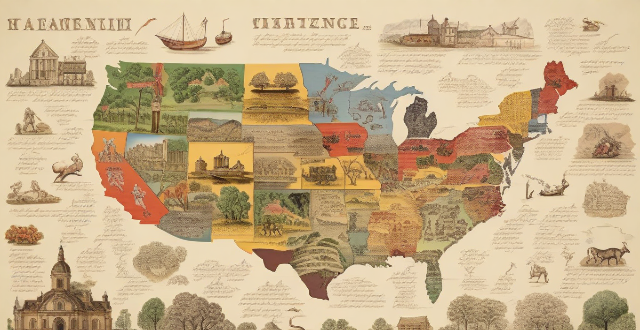Key differences between the cultures of different South American countries include language, music and dance, food, religion, and social structure. Each country has its own unique characteristics shaped by factors such as history, geography, and social structure.

Key Differences between the Cultures of Different South American Countries
South America is a diverse continent with a rich cultural heritage. Each country has its own unique culture, influenced by factors such as history, geography, and social structure. Here are some of the key differences between the cultures of different South American countries:
Language
- Brazil: The official language is Portuguese.
- Colombia, Venezuela, Ecuador, Peru, Bolivia, Chile, Paraguay, Uruguay, and Argentina: The official language is Spanish.
- Guyana, Suriname, and French Guiana: The official languages are English, Dutch, and French respectively.
Music and Dance
- Brazil: Known for Samba, Bossa Nova, and Capoeira.
- Argentina and Uruguay: Tango originated in these countries.
- Peru: Known for traditional Andean music and dance forms like Huayno and Marinera.
- Colombia: Salsa and Cumbia are popular dance styles.
Food
- Brazil: Feijoada (bean stew), Pão de Queijo (cheese bread), and Acai bowls.
- Argentina: Asado (barbecue), Empanadas, and Dulce de Leche.
- Peru: Ceviche, Lomo Saltado, and Ají de Gallina.
- Colombia: Bandeja Paisa (mixed plate), Arepas, and Tamales.
Religion
- Brazil: Predominantly Roman Catholic, but also has significant numbers of Protestants and Afro-Brazilian religions like Candomblé.
- Colombia: Mostly Roman Catholic, but also has a significant number of Protestants.
- Peru: Predominantly Roman Catholic, but also has significant numbers of Protestants and followers of traditional Andean religions.
- Argentina: Mostly Roman Catholic, but also has a significant number of Protestants and Jews.
Social Structure
- Brazil: Has a high level of income inequality and racial diversity.
- Argentina: Has a strong middle class and is known for its European influence.
- Peru: Has a significant indigenous population and a history of colonialism.
- Colombia: Has a complex social structure due to its history of conflict and drug trade.
In conclusion, while there are many similarities between the cultures of different South American countries, each country has its own unique characteristics that make it distinct from the others. These differences are shaped by a variety of factors, including history, geography, language, and social structure.